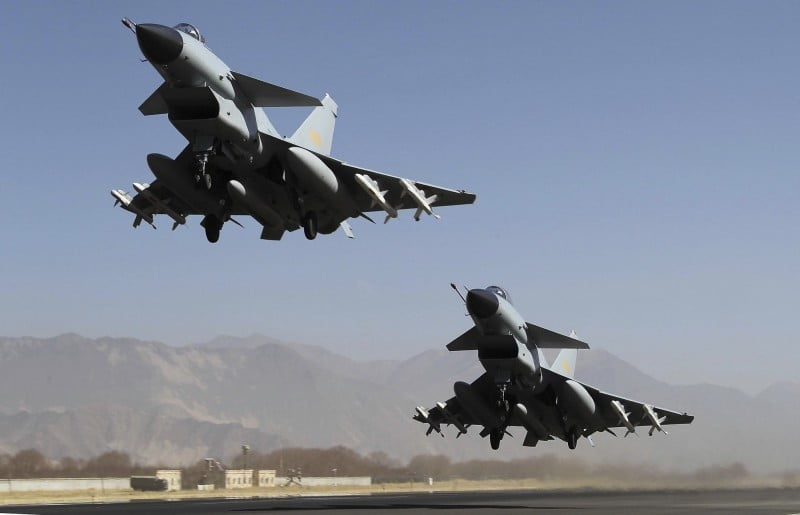In the final week of June, an aircraft from the Chinese Air Force flew extremely close to a point of friction on the Line of Actual Control in the eastern Ladakh region. The Indian Air Force immediately reacted in accordance with regular operating protocols.
According to news agency ANI, the incident happened at around 4 am on a day in the last week of June after the aircraft was spotted by people on the ground and detected by local radars stationed in the border region.
According to sources, the Indian Air Force’s assets were immediately activated in accordance with standard operating procedures once the potential air space violation was discovered.
According to sources, the incident occurred as the Chinese side was conducting training exercises in the regions bordering the Eastern Ladakh sector with its fighter jets and air defence weapons, notably the S-400 air defence system.
A significant number of Chinese fighter jets and unmanned aircraft are stationed close to Indian territory, notably the important airfields in Hotan and Gar Gunsa, which have undergone significant renovations over the past two years.
In line with ANI The People’s Liberation Army redirected a large portion of its troops in 2020 during such wargames toward the Indian positions in Eastern Ladakh, which resulted in several clashes and violent encounters in the area.
According to additional sources, the issue of aircraft flying too close to Indian forces was brought up with the Chinese in accordance with the east abolished procedure, and no incident has since occurred.
The incident in question, according to sources, was not particularly significant, but similar occurrences should be avoided by the opposing party since they may trigger an escalation.
The aircraft “came quite close to the locations on the LAC which have seen combat between the Indian and Chinese sides during the ongoing military stand-off between the two sides since May 2020,” according to sources describing the incident.
The Indian Army and Air Force have significantly hardened their positions since then, and the entire Ladakh sector has been fortified to the point where opponents cannot even consider unilaterally changing the status quo on the LAC, the sources added, expressing confidence in their capabilities.
The sources noted that while China has been constructing infrastructure in the territories they have illegally captured across from the Ladakh sector, India has taken action to quickly construct the necessary amenities.
Speaking on the region’s infrastructure improvement, the sources stated that “Ladakh’s infrastructure, notably its highways, has been significantly improved to make it simpler for troops to reach the frontline in shorter amounts of time than before.”
The Indian Army’s Northern Command, which oversees the Ladakh area, has been given all available men and artillery to counter the danger posed by the Chinese side.
Similar to this, the Western Air Command, which oversees the region from the perspective of the Indian Air Force, has been provided with all necessary resources, including the Rafale combat fighter, to handle any situation.
The Indian Air Force (IAF) conducts routine sorties in the eastern Ladakh sector to monitor the region because there are several spots where the actual alignment of the LAC has not been agreed upon by both parties.
The “creeping forward” policy of the Chinese military, which allows it to illegally seize territory along its borders with other neighbours, further complicates the situation.
